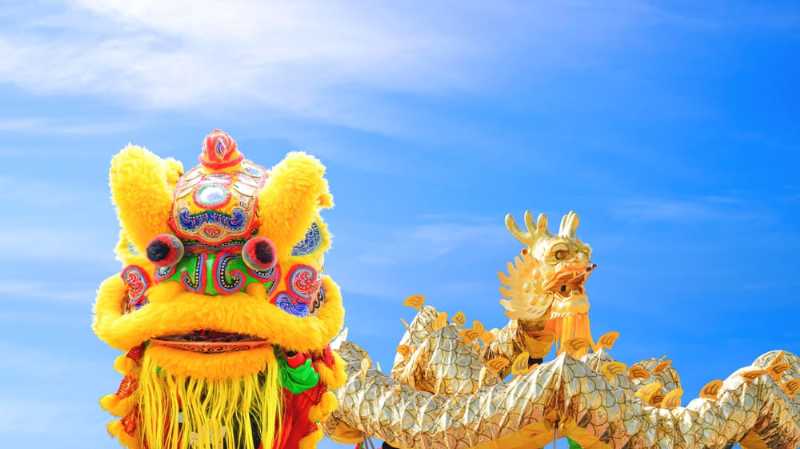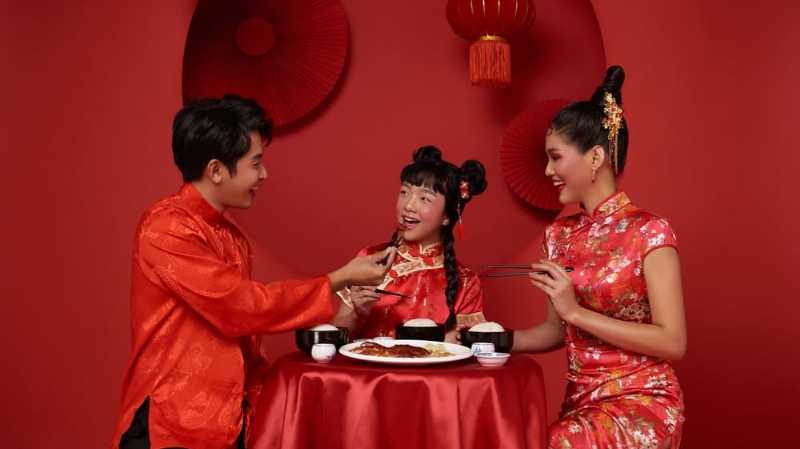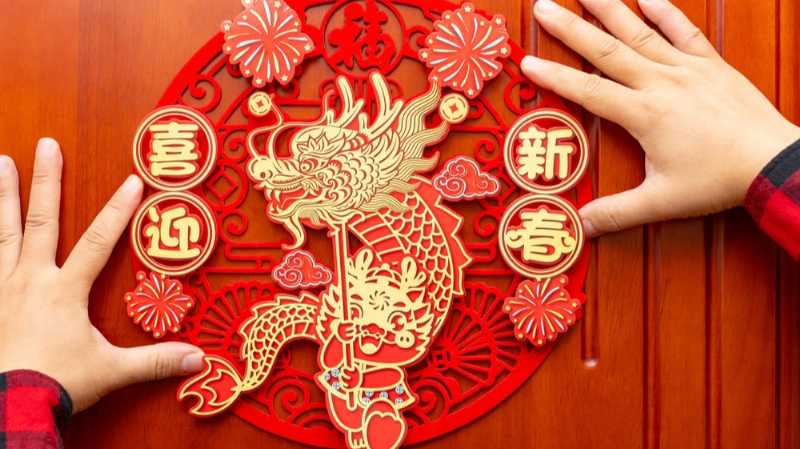
Chinese New Year in Thailand
Chinese New YearA Celebration of Tradition, Color, and Festivity
Chinese New Year is one of Thailand’s most vibrant and widely celebrated festivals, particularly in communities with deep Chinese heritage. Known for its dragon parades, lantern displays, traditional performances, and fireworks, the celebration is a feast for the senses.
This cherished holiday, also referred to as the Spring Festival, holds special significance in Thailand, blending Thai and Chinese traditions in a unique and memorable way.
This year, The festival will take place on Wednesday, 29th January, in 2025.
With celebrations spanning several days, including the eve, the day itself, and the following day.
A Cultural Fusion: How Thailand Celebrates Chinese New Year
Thailand is home to one of the largest Chinese communities in Southeast Asia, and this cultural influence is evident in the way the Thai-Chinese celebrate the holiday.
While it is not an official public holiday, the festival is observed widely, especially in Bangkok’s Chinatown, Yaowarat, which becomes the epicenter of the celebrations.
Fun Facts about Chinese New Year in Thailand
-
It’s Known as “ตรุษจีน” (Trut Chin) in Thai
In Thailand, Chinese New Year is called “ตรุษจีน” (Trut Chin), which translates to “Chinese Festival.” It’s a time to honor Chinese customs, pay respects to ancestors, and celebrate with family and friends. -
Red Envelopes, or “Ang Pao,” Are Given for Good Luck
During Chinese New Year, elders gift red envelopes (Ang Pao) containing money to younger family members and close friends. This tradition symbolizes good fortune, prosperity, and protection from evil spirits. -
Thai-Chinese Families Prepare Special Offerings and Foods
An elaborate feast is prepared, featuring dishes that symbolize prosperity and luck, such as fish, dumplings, spring rolls, and sticky rice cakes. Families also offer food, incense, and paper money to ancestors in hopes of blessings for the new year. -
People Wear Red for Good Luck
Red is considered the luckiest color in Chinese culture, symbolizing happiness and prosperity. During Chinese New Year, people wear red clothing, from traditional cheongsams to modern attire, to attract good fortune. -
Firecrackers and Drums Ward Off Evil Spirits
The loud sounds of firecrackers and drum performances play a crucial role in the celebration. According to Chinese folklore, the noise is believed to scare away evil spirits and bad luck, making room for a prosperous new year. -
Dragon and Lion Dances Bring Joy and Energy
Dragon and lion dances are central to the celebrations, performed to bring good luck and energy to the community. These dances are deeply symbolic, representing power, wisdom, and fortune in Chinese culture. - Chinese temple maenam
In Koh Samui, the Chinese New Year is celebrated with much excitement, particularly in Mae Nam, where a large part of the population is of Chinese descent.
The main festival is held annually at the Chinese Temple, drawing both locals and tourists for a day filled with vibrant performances and cultural events. Highlights include an acrobatic stilt-walking show, a mesmerizing lion dance, and the spectacular dragon parade. As the sun sets, the festivities continue with a grand firework display that lights up the night sky.
The roads around the temple are lined with street vendors and food stalls offering a mix of authentic Chinese and Thai cuisine, making it a perfect spot to enjoy delicious food while immersing yourself in the lively atmosphere.
A Few Essential Customs During Chinese New Year in Thailand
-
Cleaning the Home: Leading up to the New Year, families thoroughly clean their homes to sweep away bad luck from the past year and prepare for a fresh start. It’s believed that cleaning after the new year could sweep away good fortune.
-
Family Reunions and Respect for Ancestors: Like in China, family plays a central role in Thai-Chinese New Year celebrations. Families gather for a reunion dinner on New Year’s Eve, and many visit temples to make merit and honor their ancestors.
-
Avoiding Certain Actions on New Year’s Day: To ensure good luck, certain actions are avoided on New Year’s Day, such as breaking objects, using sharp items, or speaking negatively, as these actions are believed to bring misfortune.



